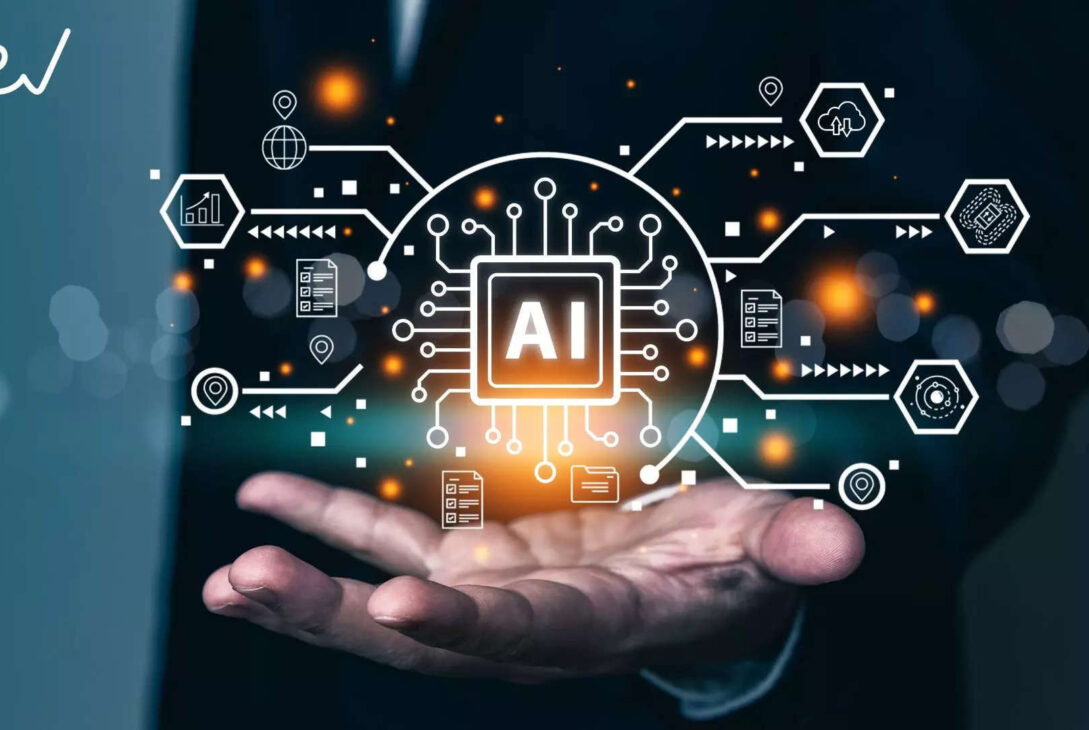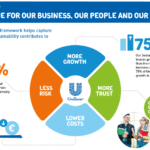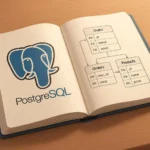AI Automation: From boardrooms to newspaper headlines, the word permeates all. Many times, artificial intelligence automation is seen either as a work-stealing villain or a magical panacea for all business challenges. What it is actually, though? And, more significantly, how is it now dynamically changing the environment of creativity and work?
Fundamentally, Artificial Intelligence (AI) and Robotic Process Automation (RPA) meet to form AI Automation. Teaching a machine to execute a task—that is simple automation—it’s about equipping it with a brain to deal with sophisticated, decision-based activities. Consider it like going from a basic recording to a live, adaptable conductor.

Precisely what is artificial intelligence automation?
Let’s divide it:
Robotic Process Automation (RPA): the operation’s hands. It manages copying, pasting, data entry, and other repetitive, rule-based tasks.
Artificial Intelligence (AI) To comprehend, learn, and make judgments, it makes use of computer vision, natural language processing, and machine learning.
Combining them yields a system that not only executes a job but also reads papers, assesses emotions, forecasts outcomes, and learns from fresh data. It’s the distinction between a robot that mechanically clicks buttons and one that knows why it’s clicking and what.
Business wins with artificial intelligence automation: Real-world use cases
This is not speculative future. Businesses in several sectors are already implementing artificial intelligence automation and seeing amazing results.

1. Supercharged Client Care
Chatbots have changed. Modern AI-driven assistants can access client history, analyze sophisticated questions, and solve problems without human intervention. They offer around-the-clock help, freeing human agents to deal with more complex and sensitive situations.
Example: An e-commerce site decreases ticket volume by 40% using an artificial intelligence chatbot to manage returns, monitor orders, and respond to product queries.
2. Clever Data Analysis and Processing
Many companies drown in unstructured data: invoices, contracts, emails. Artificial intelligence automation can read, understand, and extract vital data from these documents, feed it straight into databases or launch the following activity.
Example: Automating a company’s finance department’s payables procedure Cutting processing time from days to hours, the artificial intelligence system reads incoming invoices, verifies them against purchase orders, and disburses them for payment.
3. Hyper-personal marketing
To provide specially customized content, product recommendations, and marketing communications at scale, artificial intelligence algorithms examine consumer behavior, purchase history, and engagement patterns.
Example: A streaming service uses AI to not only suggest movies you might like but also to automate the creation of personalized thumbnail pictures for each user, hence raising click-through rates.
4. Optimized Logistics and Supply Chain
AI Automation generates a more intelligent, more resilient supply chain from predicting demand swings to inventory management and real-time optimizing of delivery routes.
Example: Utilizing artificial intelligence, a manufacturing business automatically schedules machine maintenance needs before a malfunction happens, so avoiding expensive downtime.
The Tangible Advantages: Why You Cannot Afford to Neglect It
The following strong bottom-line results follow from these applications:
Dramatic Price Reduction: Automated regular activities greatly reduce operating expenses and labor costs.
Processes that took days are done in minutes 24/7 without breaks, unmatched speed and efficiency.
Improved Quality and Accuracy: AI helps to reduce human error in data-intensive activities, hence resulting in superior output.
Empowered Human Workforce: Eliminating menial chores lets staff members concentrate on strategic, creative, and interpersonal duties that propel actual development.
Data-driven insights: AI reveals underlying patterns and insights that guide more effective corporate decisions; it is not merely data processing.
Beginning with artificial intelligence automation in your company
Are overwhelmed? Begin little and consider big.
Look for rule-based but time-consuming employee tasks (e.g., data reconciliation, report creation, customer onboarding).
Which activity will provide the most valuable time or reduce the most mistakes if automated? Prioritize by impact.
Select the appropriate tools: From no-code solutions for basic automations to enterprise-grade AI suites, the market is rife with possibilities. Study and pilot one that fulfills your requirements.
Concentrate on Change Management: Tell your team the why. See frame artificial intelligence automation as a tool that enhances rather than substitutes their skills.
The future is automated—that is, intelligent.
AI Automation is the next basic level of corporate infrastructure, not a passing fad. Companies adopting it now are creating a tremendous competitive edge—they are more nimble, quicker, and more sophisticated.
The question is not if artificial intelligence automation will affect your business but rather when and how. Starting to investigate right away.
Often Asked Queries
Q1: Will Artificial Intelligence Automation replace my employment?
This is the major worry. Though artificial intelligence will automate particular jobs, it is mostly meant for augmentation. It takes care of the mundane so that people may concentrate on more valuable tasks need creativity, emotional intelligence, and strategic planning. The nature of jobs will change as new positions centered on managing, maintaining, and working alongside artificial intelligence systems are developed.
Q2: How does Artificial Intelligence Automation differ from RPA?
A rule-based performer is RPA. It adhere to a rigid script. An smart thinker and doer is artificial intelligence automation. It may learn from fresh data, handle exceptions, and make decisions. The more sophisticated, cognitive development of RPA is artificial intelligence automation.
Q3: Is AI automation only for big companies and expensive?
Not more now. Although complicated implementations can be pricey, the advent of SaaS (Software-as-a-Service) and no-code/low-code AI solutions has made fundamental AI Automation affordable to small and medium-sized firms. Many instruments are subscription-based, hence pilots can affordably use them.
Q4: What obstacles or dangers exist?
Among the main difficulties are:
- Making sure sensitive data processed by artificial intelligence is protected falls under data privacy and security.
- Integration: linking recently developed artificial intelligence technologies with already in place legacy systems.
- Bias: The decisions of the artificial intelligence will be skewed if it is taught biased data.
- Initial outlay: Software, implementation, and training all come with expenditures.
Q5: How should one calculate the ROI of an artificial intelligence automation project?
Follow parameters such as:
- Time saved on a certain process, say hours per week.
- Lower rate of error.
- Increased processing speed (e.g., invoices processed per hour).
- Employee happiness ratings as tedious labor is cut.
- Direct cost savings from lessened physical work or fines.








